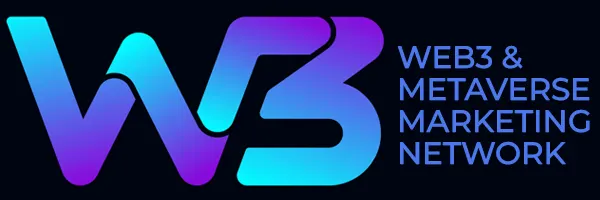SocialFi is the Antidote to Social Media’s Advertising Problem
It’s been 20 years since MySpace was founded—the first of its kind social networking platform that brought us Top 8, MySpace Tom, and profile page music. As we look back on
MySpace and the subsequent launch of Facebook, Twitter, Instagram, and TikTok, among many others, we’re reminded of the initial intent behind this technology.
Social media has given both content creators the ability to become viral sensations, and everyday users access those viral sensations with the push of a button. But at what cost? For most of us thus far, none. But do these platforms have the resources to sustain the continued dissemination of and access to this content? Is Elon Musk versus Bob Iger the beginning of a more prolonged battle between content providers and advertisers? If so, social media platforms need to forge a new path—one that serves the needs of its creators and users alike without interruption.
SocialFi—the convergence of social media and decentralized finance—is a burgeoning and promising alternative that combines accessibility, monetization, digital ownership, and scalability, all while inherently protecting influencers and creators under a more sustainable revenue model.
TikTok recently tapped into a concept well-known in sociology known as the “third place.” Coined by sociologist Ray Oldenburg, the term describes social environments distinct from our traditional spheres of home (“first place”) and work (“second place”). Against the backdrop of inflation and an increased cost of living, traditional third places are financially out of reach for many. Coupled with the enforced isolation of COVID-19 and how it reshaped how we interact socially, platforms like TikTok and Instagram have emerged as the new, accessible “third place” for the average person.
We’ve seen countless examples of how social media can generate substantial wealth and dramatically alter careers—for better or worse—with its volatility and unpredictability.
A prime example is Vine—a short-form video hosting platform—which catapulted figures like King Bach and Jay Versace to fame, but its demise in 2017 also marked the end of prominence for some of its stars. The rise and fall of various platforms have been closely observed, mainly as the majority of influencers express concerns over unfair compensation relative to their contributions.
You could post content freely during social media’s infancy and reap its economic benefits and subsequent opportunities. Enter advertisers a few years later, who interrupted and ended the entire content creator model.
To offset the lack of revenue from free subscriptions, social networks began relying more heavily on revenue generated by advertisers and sponsored content. Coupled with recent developments, including TikTok dissolving its creator fund, Bob Iger pulling ads from X (previously Twitter), a perceptible drop in YouTube ad revenue noted by users, and
Meta’s announcement to cease paying for Reel content, creators continue to see a decline in their revenue streams.
Still, content creators remain at the top of the list of career aspirations for younger generations, with most children between 7-11 hoping to become YouTubers, influencers, or gamers. If that’s the case, we must ensure we’re creating—and maintaining—a sustainable, accessible, and lucrative rewards system.
Crypto News







